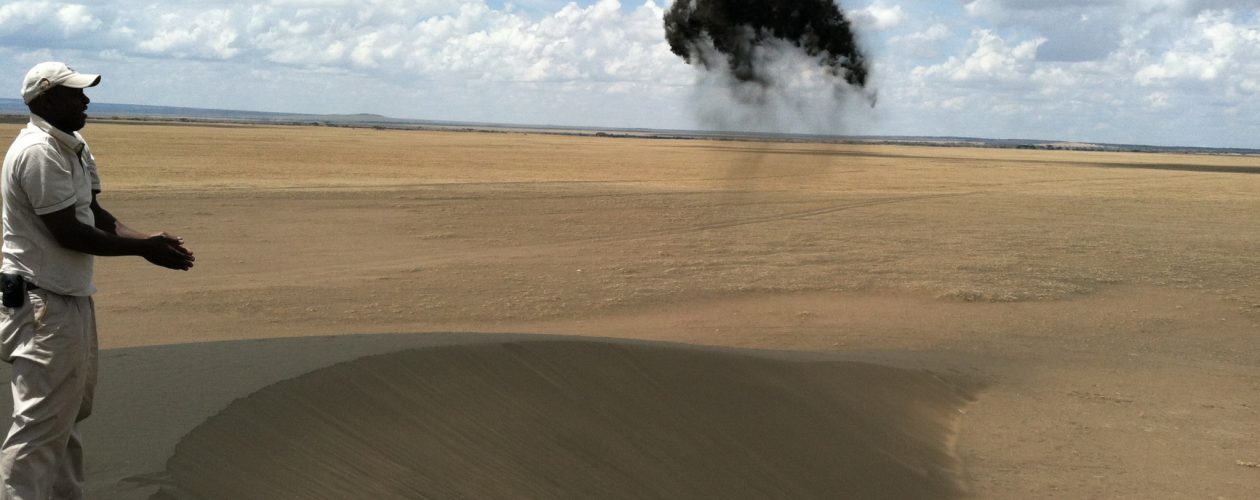En route from the Ngorongoro Crater to the Serengeti, we are 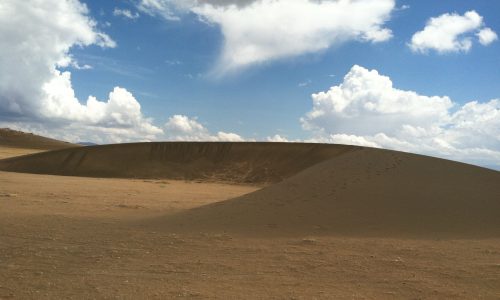 often asked whether a visit to the Olduvai Gorge, a UNESCO World Heritage site since 1979, is “worth it” – especially when deciding whether to travel overland or fly between the two. This would depend on your expectations and level of interest in archaeology and/or paleontology, but we think that after a few days of game viewing, you might well be in the mood for something completely different.
often asked whether a visit to the Olduvai Gorge, a UNESCO World Heritage site since 1979, is “worth it” – especially when deciding whether to travel overland or fly between the two. This would depend on your expectations and level of interest in archaeology and/or paleontology, but we think that after a few days of game viewing, you might well be in the mood for something completely different.
Louis and Mary Leakey brought Olduvai Gorge to the world’s attention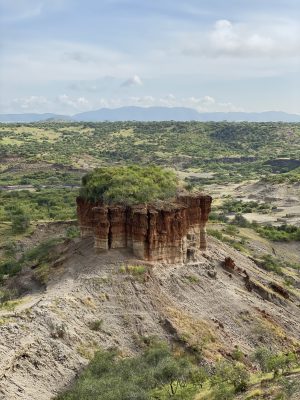 with their early hominid discoveries during the 1930’s. Located in the Ngorongoro Conservation Area of northern Tanzania, it is 30 miles long, 295 feet deep, and holds a treasure chest of fossils spanning over 5 million years. Major fossil findings include Australopithecus Zinjanthropus (Boisei), Australopithecus Afarensis (like Lucy), and Homo Habilis (tool guy/handyman). The perfectly preserved “Laetoli footprints” distinctly show two upright bipedal hominids, out for a stroll more than 3.5 million years ago. The “Cradle of Mankind” is not that impressive, and the museum founded in 1970 by Mary Leakey is a modest affair. But it all comes to life with a little narration from the soft-spoken local guides who are trained archaeologists. You can clearly see how the rock strata have formed over the past 5 million years and why this site is so special. (Fun Fact: Olduvai is the location of the first monolith in Arthur C. Clarke’s 2001: A Space Odyssey series of books.). Paleoanthropologists still spend several months a year excavating with the help of local Maasai.
with their early hominid discoveries during the 1930’s. Located in the Ngorongoro Conservation Area of northern Tanzania, it is 30 miles long, 295 feet deep, and holds a treasure chest of fossils spanning over 5 million years. Major fossil findings include Australopithecus Zinjanthropus (Boisei), Australopithecus Afarensis (like Lucy), and Homo Habilis (tool guy/handyman). The perfectly preserved “Laetoli footprints” distinctly show two upright bipedal hominids, out for a stroll more than 3.5 million years ago. The “Cradle of Mankind” is not that impressive, and the museum founded in 1970 by Mary Leakey is a modest affair. But it all comes to life with a little narration from the soft-spoken local guides who are trained archaeologists. You can clearly see how the rock strata have formed over the past 5 million years and why this site is so special. (Fun Fact: Olduvai is the location of the first monolith in Arthur C. Clarke’s 2001: A Space Odyssey series of books.). Paleoanthropologists still spend several months a year excavating with the help of local Maasai.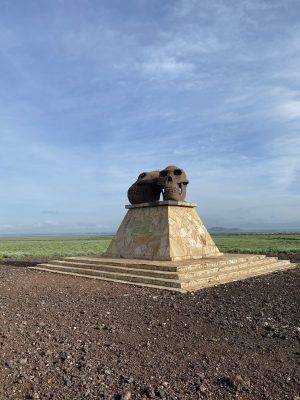
The New Olduvai Museum and visitors center which opened to the public in 2018, features a boma where visitors can explore aspects of Maasai culture, and a theater-like viewing platform that provides visitors an inspiring view of the gorge. Following the traditional layout of a Maasai boma, exhibit halls form a ring around the central open area, displaying fossil casts of early hominids, tools, artifacts, and fossils of various animals that roamed this area millions of years ago. A fascinating display board of old photos shows the Leakeys at work, at camp and at play. The “Laetoli Room” has the cast of the famous footprints. The actual footprints have now been buried, and their location is not disclosed to protect them for posterity.
While the Olduvai Gorge & museum can be considered an interesting diversion for an hour or so, the reason to drive down into and along the gorge would be to explore another curiosity: the Mysterious Shifting Sands. A giant 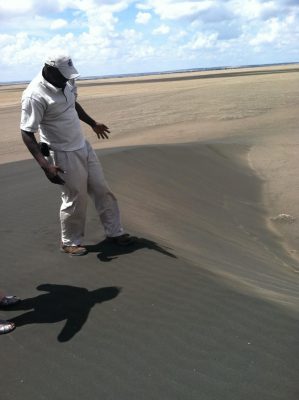 crescent-shaped mound of moving volcanic ash, technically known as barkan, is created when there is sufficient dust on the ground and a unidirectional wind to blow it. The dust collects around a stone and continues to accumulate until it literally forms a small dune. The process continues and the dune moves. In this case, the Shifting Sands move around 10 meters every year. The crescents have their two sharp arms pointing the way the wind is going, and the whole shape is beautifully symmetrical. The local Maasai believe the shifting sands originated from their most holy of places – Ol Doinyo Lengai or “Mountain of God”, which you can just see from Olduvai on a clear day. When you first come upon it, it looks like aliens must have left it behind. Especially as the sand is not only very fine and black but also highly magnetized due to its high iron content. When you toss it up in the air, it sticks together and falls back onto the dune almost like a boomerang, rather than blowing away on the wind. Here’s a picture
crescent-shaped mound of moving volcanic ash, technically known as barkan, is created when there is sufficient dust on the ground and a unidirectional wind to blow it. The dust collects around a stone and continues to accumulate until it literally forms a small dune. The process continues and the dune moves. In this case, the Shifting Sands move around 10 meters every year. The crescents have their two sharp arms pointing the way the wind is going, and the whole shape is beautifully symmetrical. The local Maasai believe the shifting sands originated from their most holy of places – Ol Doinyo Lengai or “Mountain of God”, which you can just see from Olduvai on a clear day. When you first come upon it, it looks like aliens must have left it behind. Especially as the sand is not only very fine and black but also highly magnetized due to its high iron content. When you toss it up in the air, it sticks together and falls back onto the dune almost like a boomerang, rather than blowing away on the wind. Here’s a picture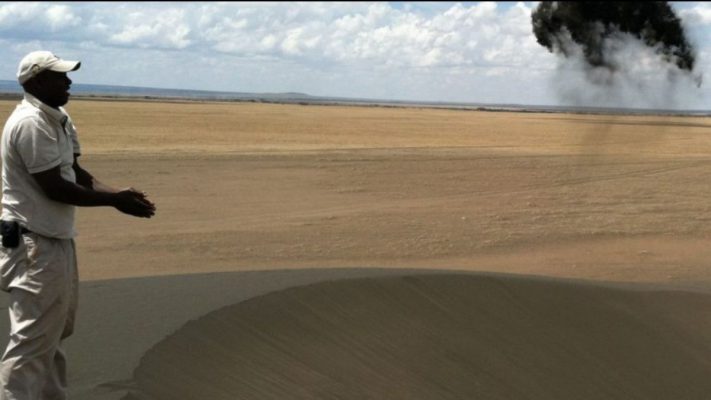 of Yvette’s guide Hillary illustrating the phenomena. Be prepared to go off-road when looking for the mysterious shifting sands, as it moves and there are no signposts! You may find yourself driving straight through the seemingly endless grass plains, avoiding the occasional giraffe, zebra, termite mound, and Maasai cow, but we think it’s worth the detour. When Anouk’s guide took her to see it, two young Maasai boys showed up with their faces painted white after their recent circumcision ritual.
of Yvette’s guide Hillary illustrating the phenomena. Be prepared to go off-road when looking for the mysterious shifting sands, as it moves and there are no signposts! You may find yourself driving straight through the seemingly endless grass plains, avoiding the occasional giraffe, zebra, termite mound, and Maasai cow, but we think it’s worth the detour. When Anouk’s guide took her to see it, two young Maasai boys showed up with their faces painted white after their recent circumcision ritual.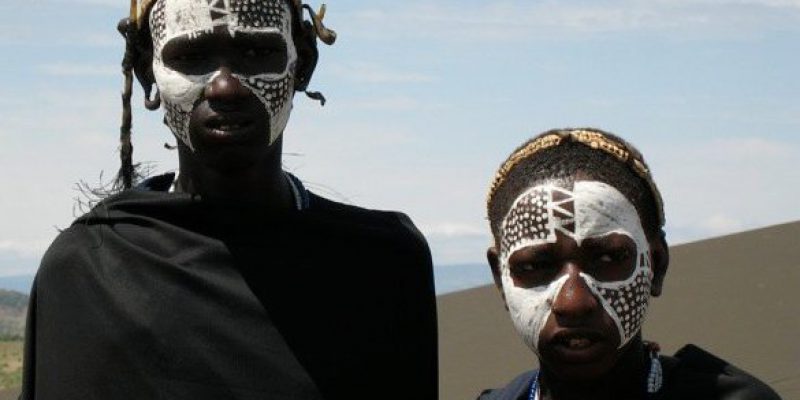 It made for the most ethereal experience, quite on par with the wildlife she witnessed later that day in the Serengeti!
It made for the most ethereal experience, quite on par with the wildlife she witnessed later that day in the Serengeti!
Ask us to include one or both in your next overland safari such as our Authentic Tanzania or Great Rift Valley Safari.
